Synthetic data generation for training robust AI models through GenAI is a growing area of interest in an immensely fast-developing artificial intelligence landscape. Few things are more valuable for a culture in which model training requires highest quality. In many sectors (healthcare, finance, autonomous driving) acquiring can be costly and time-consuming, as well as often bring privacy issues to the fore.
What is Synthetic Data?
To put it plainly, data that is artificially-generated that look like real-world. They are not gathered from real-life events or people but are created to mirror specific statistical attributes and characteristics of real sets. That may be images, text, audio, video, or structured tabular data.
The Growing Need for Synthetic Data
Machine vision systems and machine-learning algorithms require an enormous quantity of high-quality annotated on-board computers to perform optimally. However, collection in the real world faces several associated challenges:
• Scarcity: With niche areas or even rare-event instances, it is practically impossible to get enough data.
• Annotation: Manual labelling consumes a lot of time and is quite expensive.
• Privacy concerns: Sharing sensitive data like medical or financial records is frowned upon from a compliance or ethical standpoint (think GDPR or HIPAA).
Enter GenAI: The Future of Data Creation
Models
that AI generates, such as GANs (Generative Adversarial Networks), VAEs
(Variational Autoencoders), and large language models, among others, GPT and
DALL·E, are beginning to "learn" how to create realistic, labelled. So,
what issue is the GenAI revolution addressing?
1. Addressing Shortage
GenAI can replicate infrequent or hard to obtain situations.
Some examples:
Autonomous
car builders can employ a simulated traffic scenario when training the
algorithms for self-driving vehicles.
In medicine synthetic images of MRI and X-ray images are created for rare
conditions which in turn creates training for diagnostic AI systems.
2. Data Diversity and Balance
You can train generative models to produce balanced sets to fix class imbalance which leads to biased models.
3. Labelled in Minutes
GenAI doesn’t just generate it can also label it. For example in computer vision tools powered by GenAI can create bounding boxes, masks and classifications in minutes, no human annotators needed.
4. Privacy Preserving Generation
One of the biggest advantages of synthetic is it bypasses privacy issues. Since, it has no personally identifiable information (PII) so it’s safe to train and share.
Use Cases for Synthetic Across Various Industries
• Healthcare: Generation of anonymised patient records, synthetic medical images.
• Finance: Generation of fake but realistic transaction records in fraud detection models.
• Retail: Generation of customer behaviour data to train recommendation engines.
• Robotics: Virtual environments for computer vision and reinforcement learning training
Synthetic Data in AI Training is great because
• Scalable and low-cost
• Customizable for specific edge cases
• Free of safety concerns when sharing between teams or organizations
• Can be created faster than gathering real-world data
Challenges and Considerations
Although synthetic has a lot of promise, it also comes with challenges. Specifically, corresponding challenges with generating include:
• Synthetic must be realistic enough to represent real-world behaviour.
• If synthetic is generated poorly, biased datasets can be created.
• Validation of your synthetic against real-world is necessary.
Conclusion
Generative AI changes the way we create datasets, allowing us to develop AI models faster, safer, and easier. As synthetic becomes more accepted in the mainstream, it will be more useful in addressing the common barriers of data scarcity and privacy - assisting organizations to train better and more responsible AI systems.
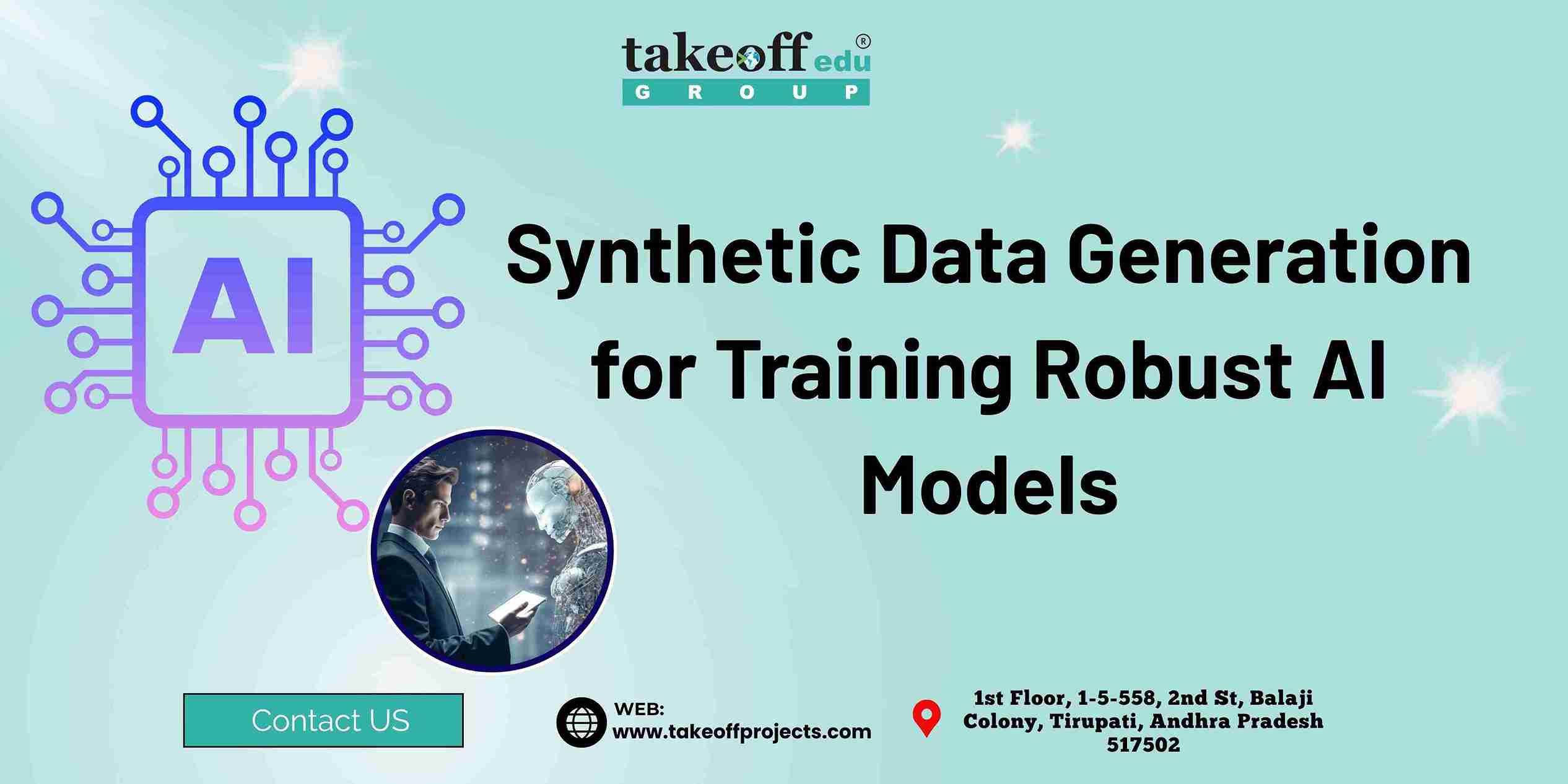
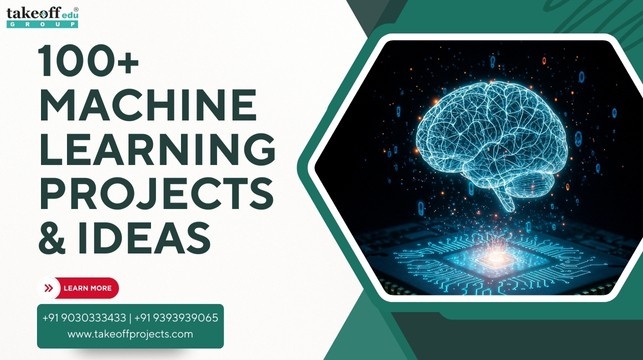 100+ Machine Learning Projects & Ideas for Students
100+ Machine Learning Projects & Ideas for Students 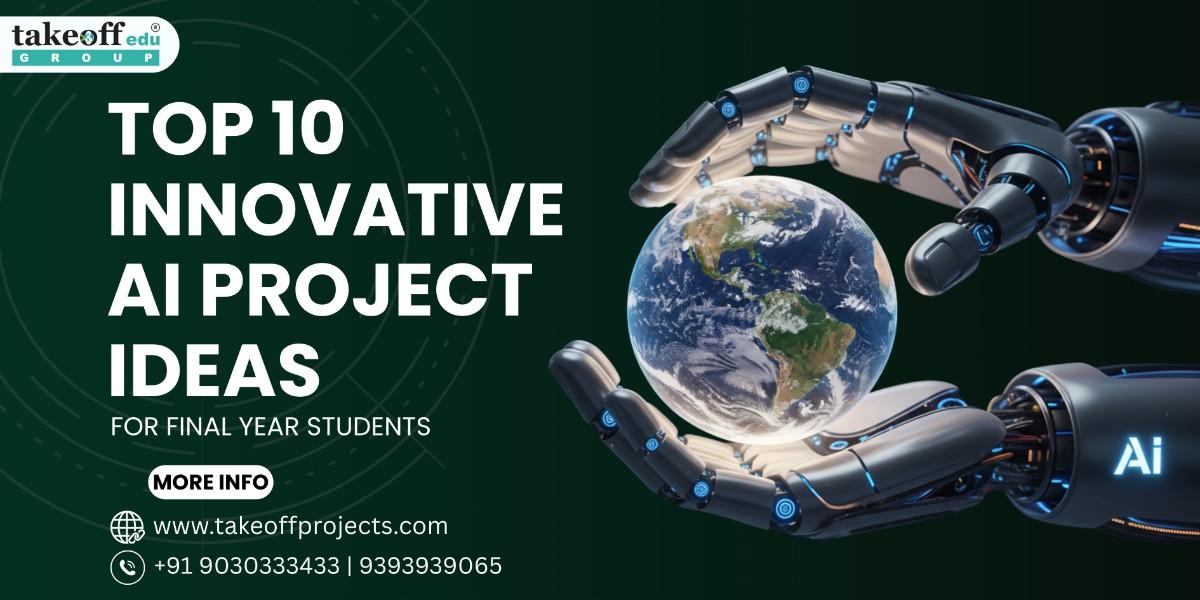 Top 10 Innovative AI Project Ideas for Final Year Students
Top 10 Innovative AI Project Ideas for Final Year Students 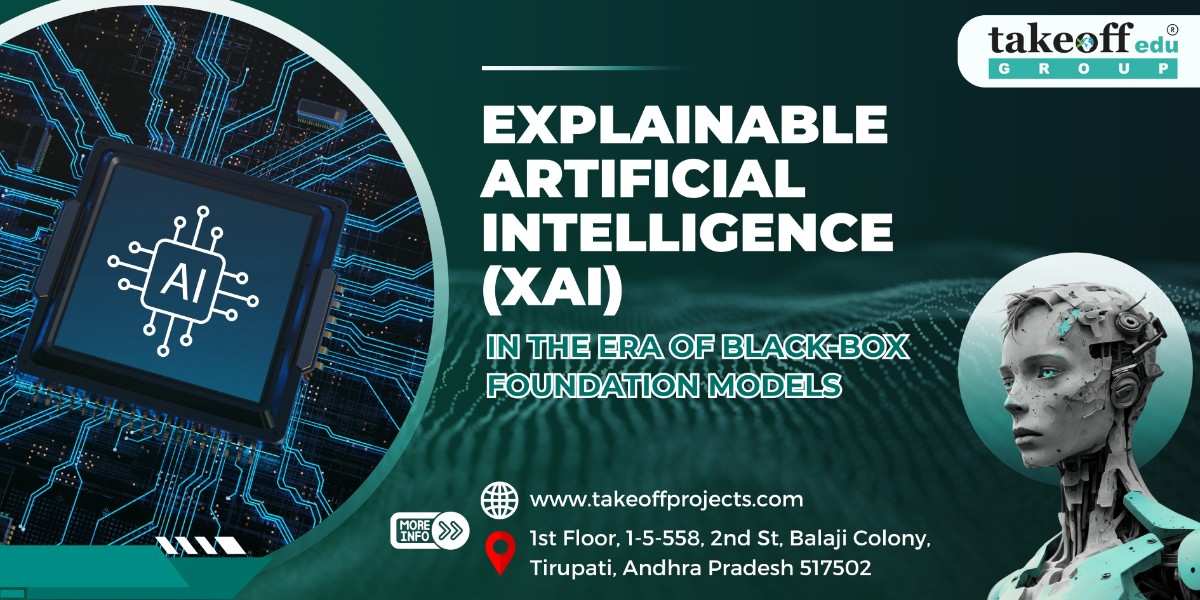 Explainable Artificial Intelligence (XAI) in the Era of Black Box Foundation Models
Explainable Artificial Intelligence (XAI) in the Era of Black Box Foundation Models 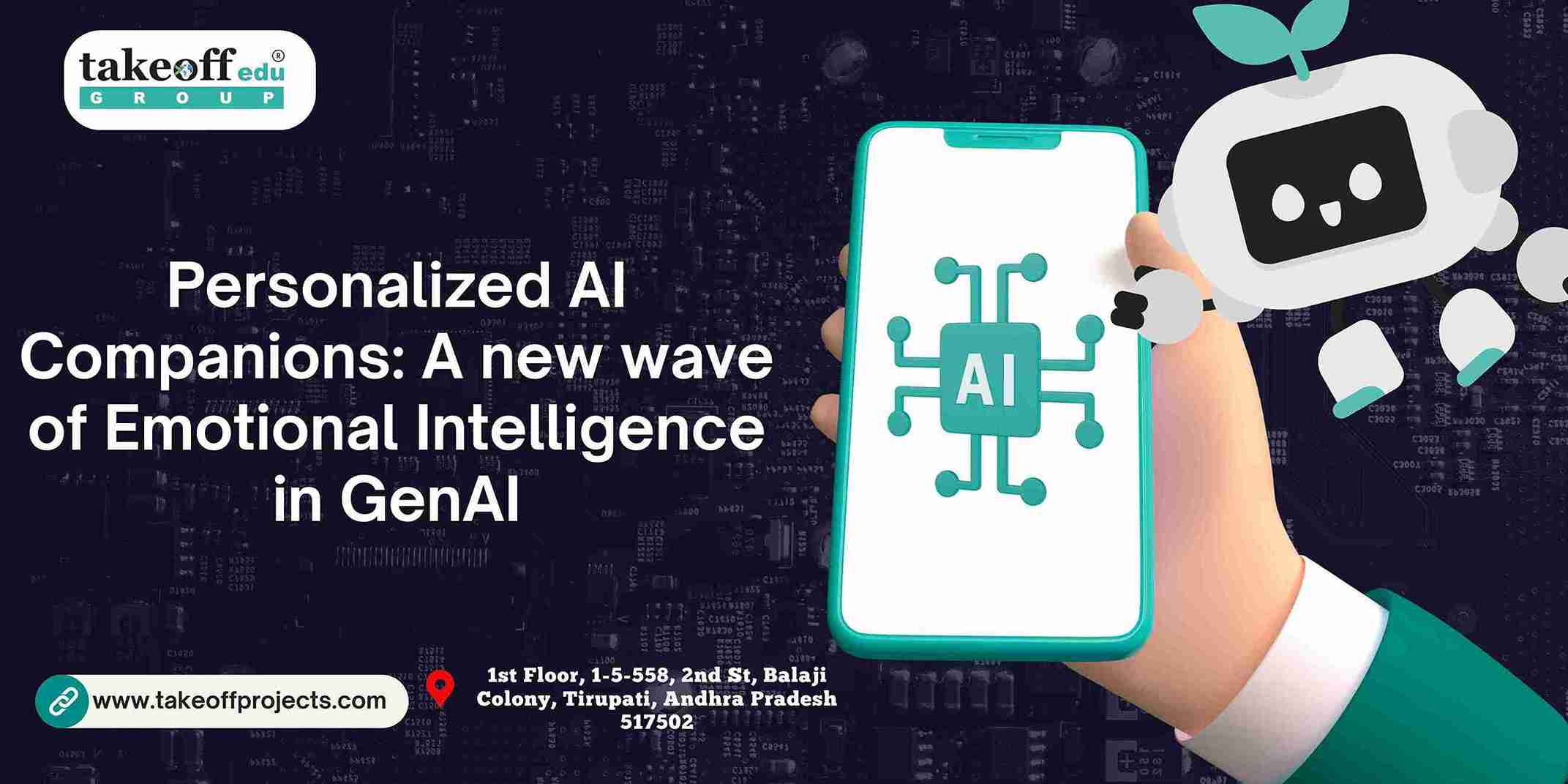 Personalized AI Companions: A new wave of Emotional Intelligence in GenAI
Personalized AI Companions: A new wave of Emotional Intelligence in GenAI  Responsible GenAI: Guardrails, Bias Control, and Alignment Techniques
Responsible GenAI: Guardrails, Bias Control, and Alignment Techniques 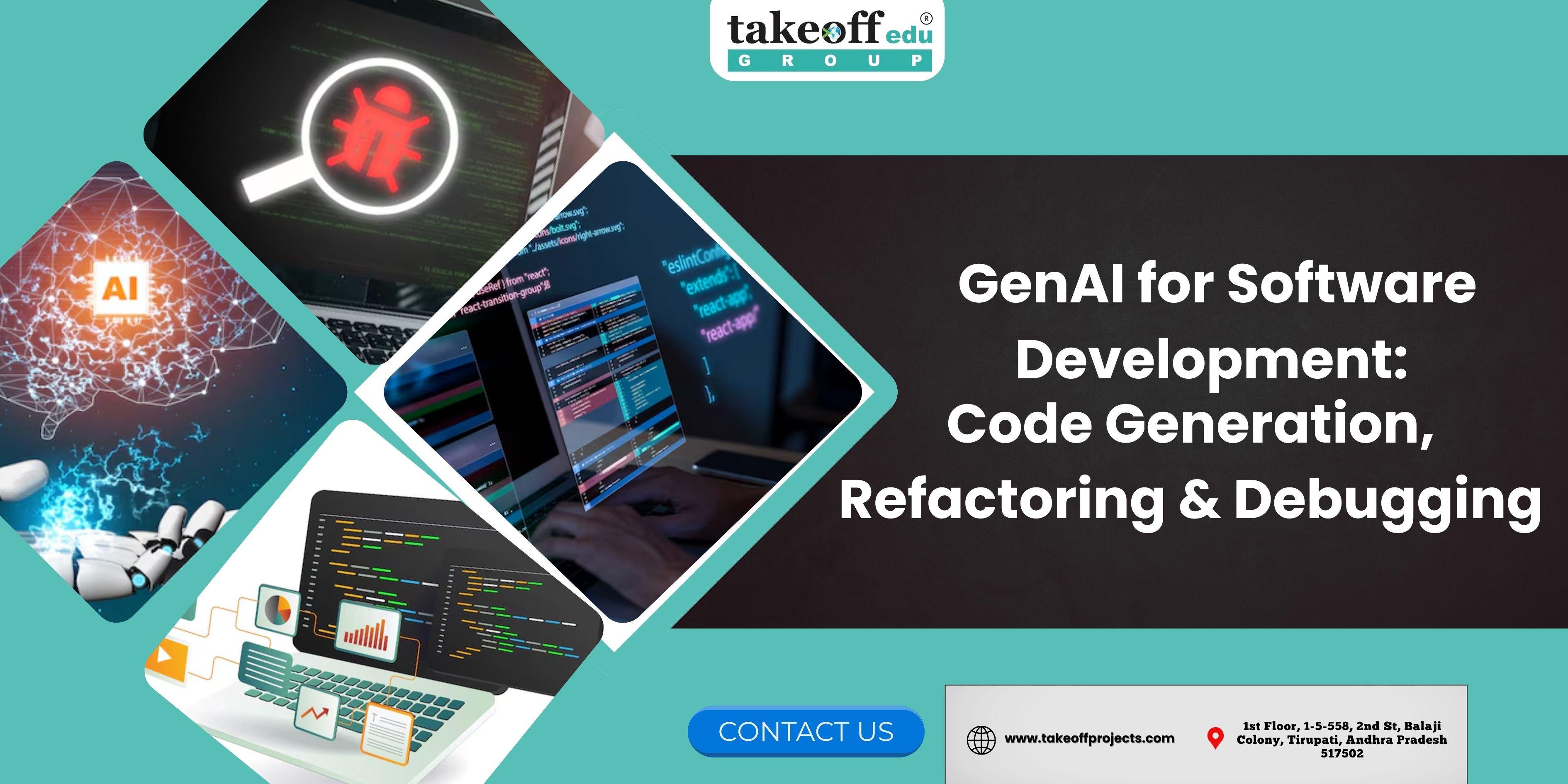 GenAI for Software Development: Code Generation, Refactoring & Debugging
GenAI for Software Development: Code Generation, Refactoring & Debugging 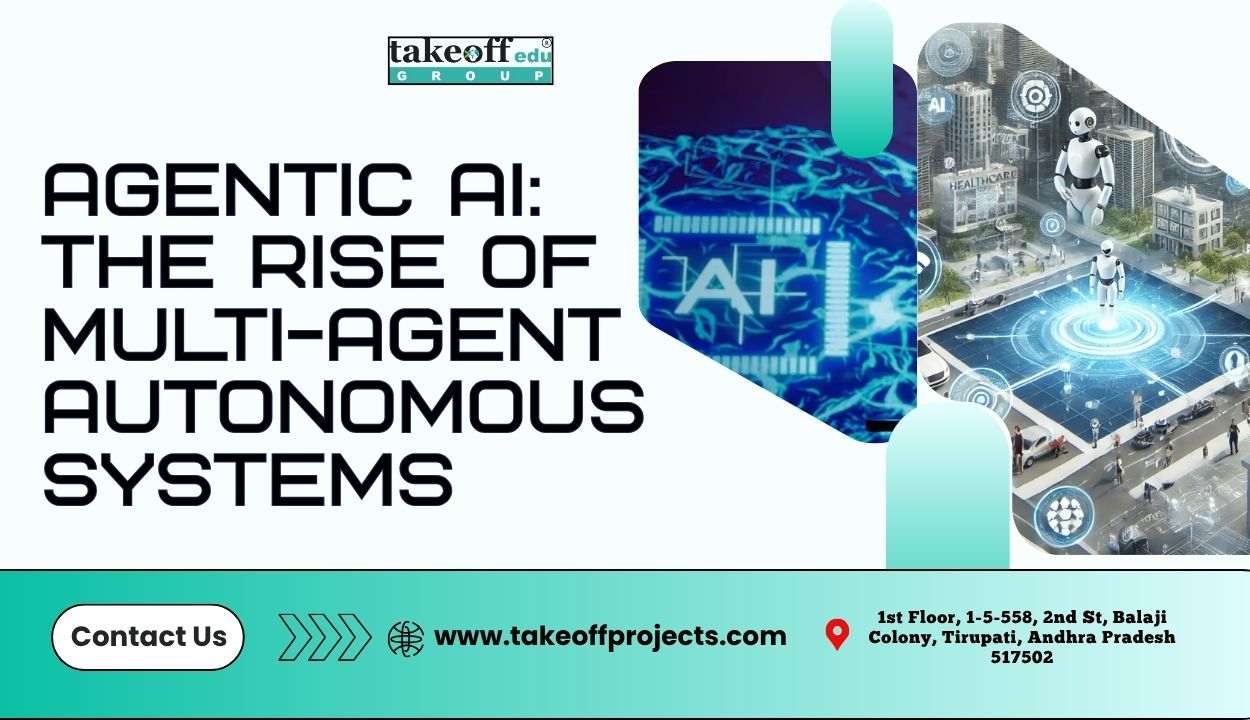 Agentic AI: The Rise of Multi-Agent Autonomous Systems
Agentic AI: The Rise of Multi-Agent Autonomous Systems  Machine Learning Projects
Machine Learning Projects  Fine-Tuning Llama 4 A Guide With Demo Project
Fine-Tuning Llama 4 A Guide With Demo Project 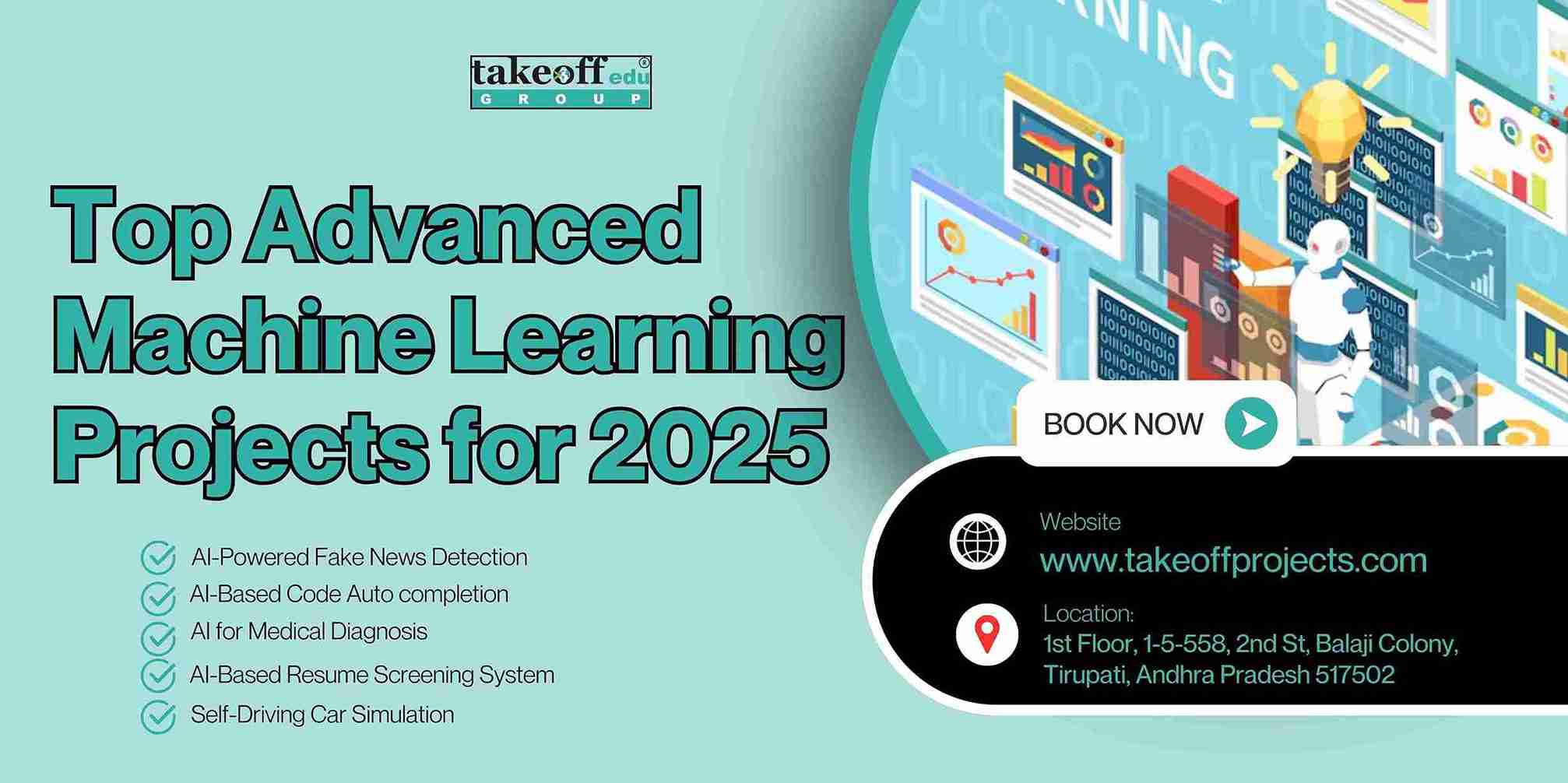 Top Advanced Machine Learning Projects for 2025
Top Advanced Machine Learning Projects for 2025  Machine Learning Projects for Final Year Students
Machine Learning Projects for Final Year Students 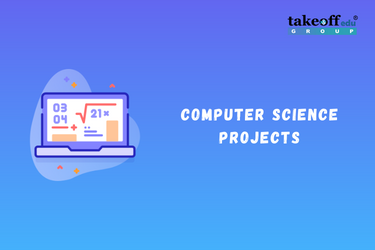 Computer Science Projects
Computer Science Projects  ML Projects for Final Year
ML Projects for Final Year  Project Ideas for BTech CSE
Project Ideas for BTech CSE  Mini Projects for Computer Science
Mini Projects for Computer Science  Major Project for CSE
Major Project for CSE  IEEE Projects for CSE
IEEE Projects for CSE  Latest CSE Projects Ideas & Topics for Engineering Students
Latest CSE Projects Ideas & Topics for Engineering Students  List of Final Year Projects for Computer Science 2022
List of Final Year Projects for Computer Science 2022  Top 6 Computer Science Engineering Projects
Top 6 Computer Science Engineering Projects 



